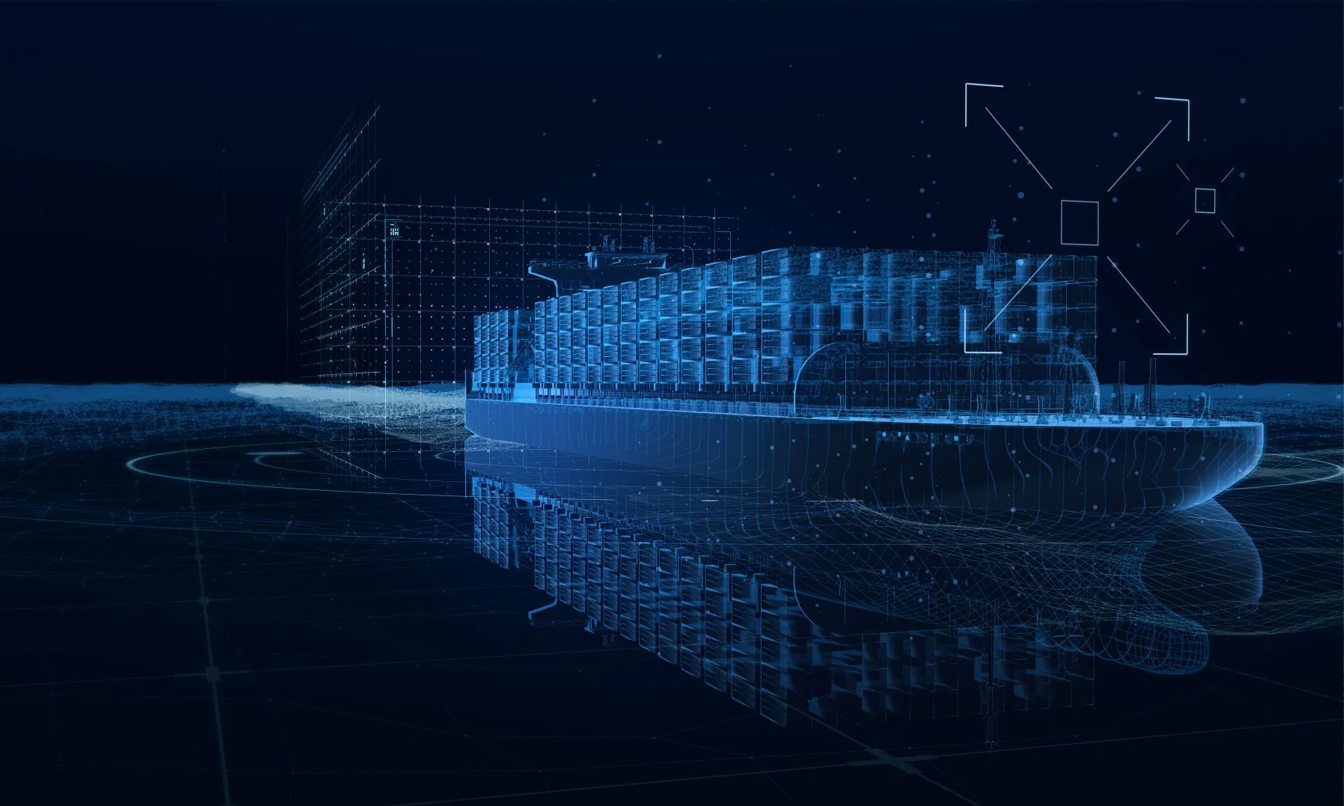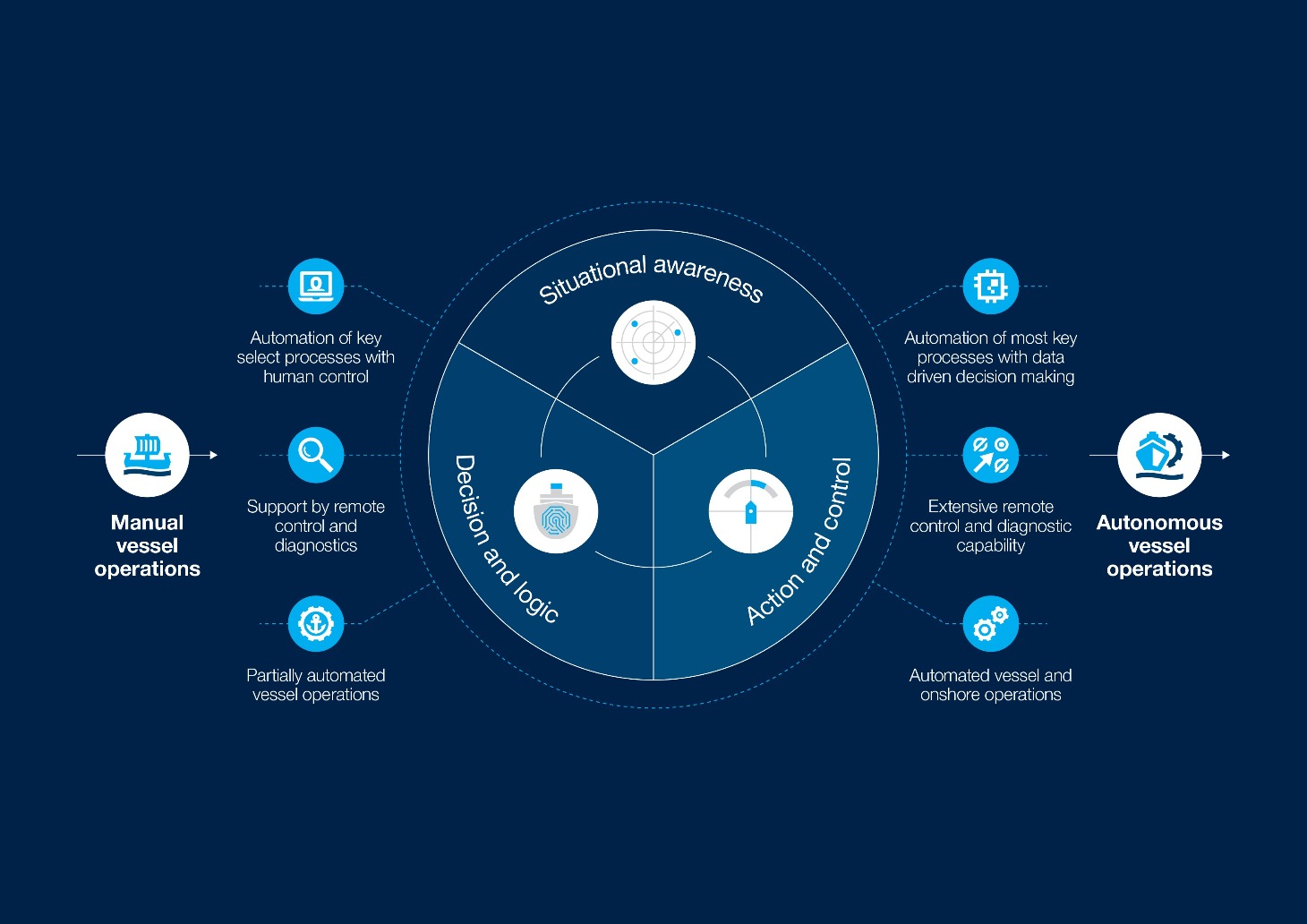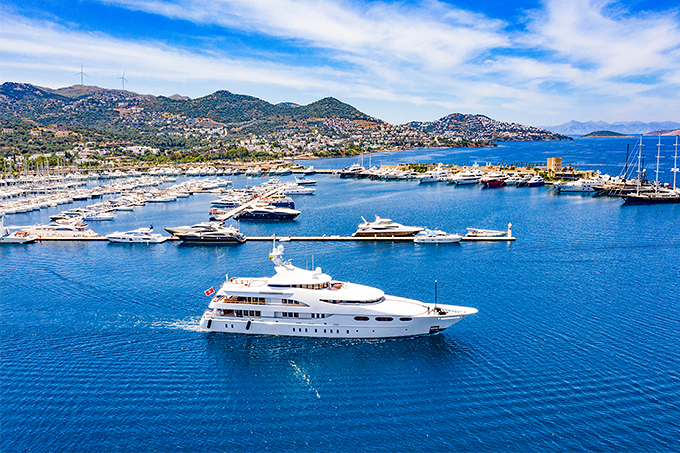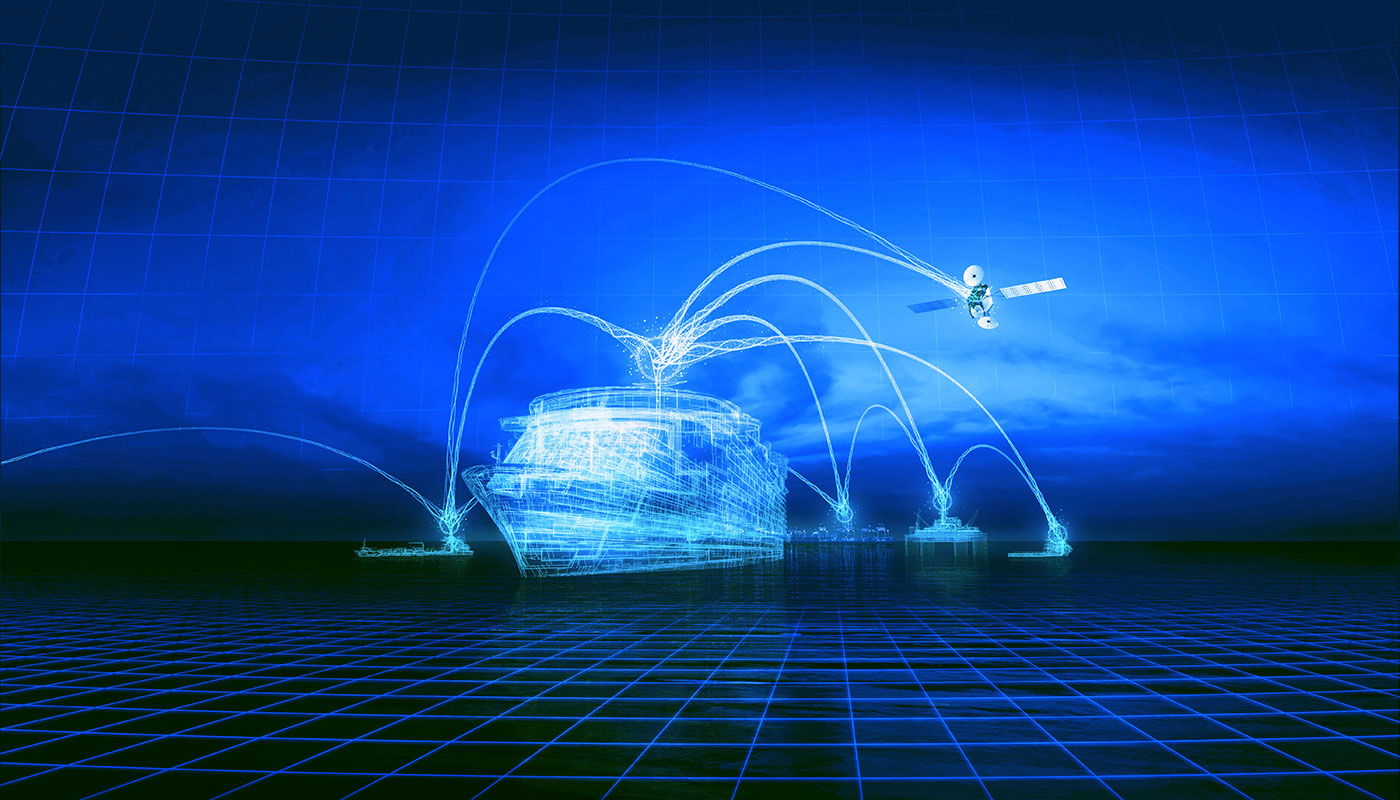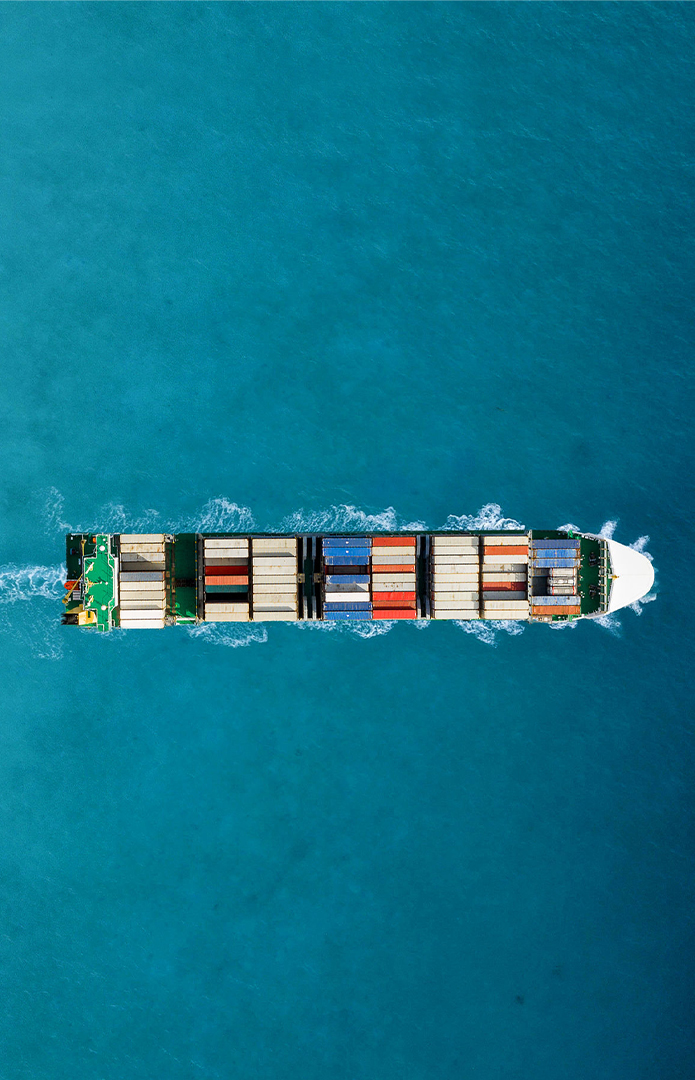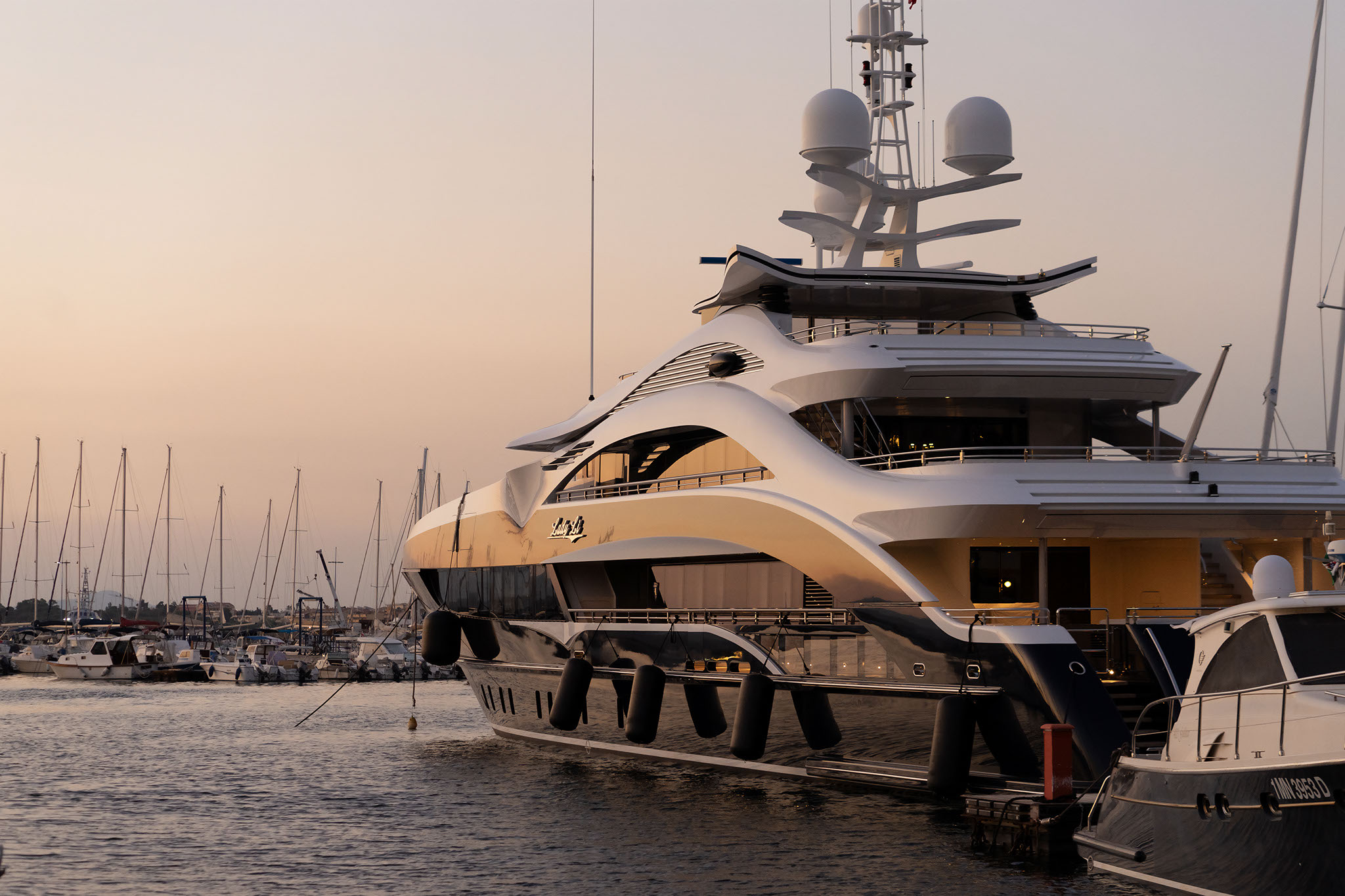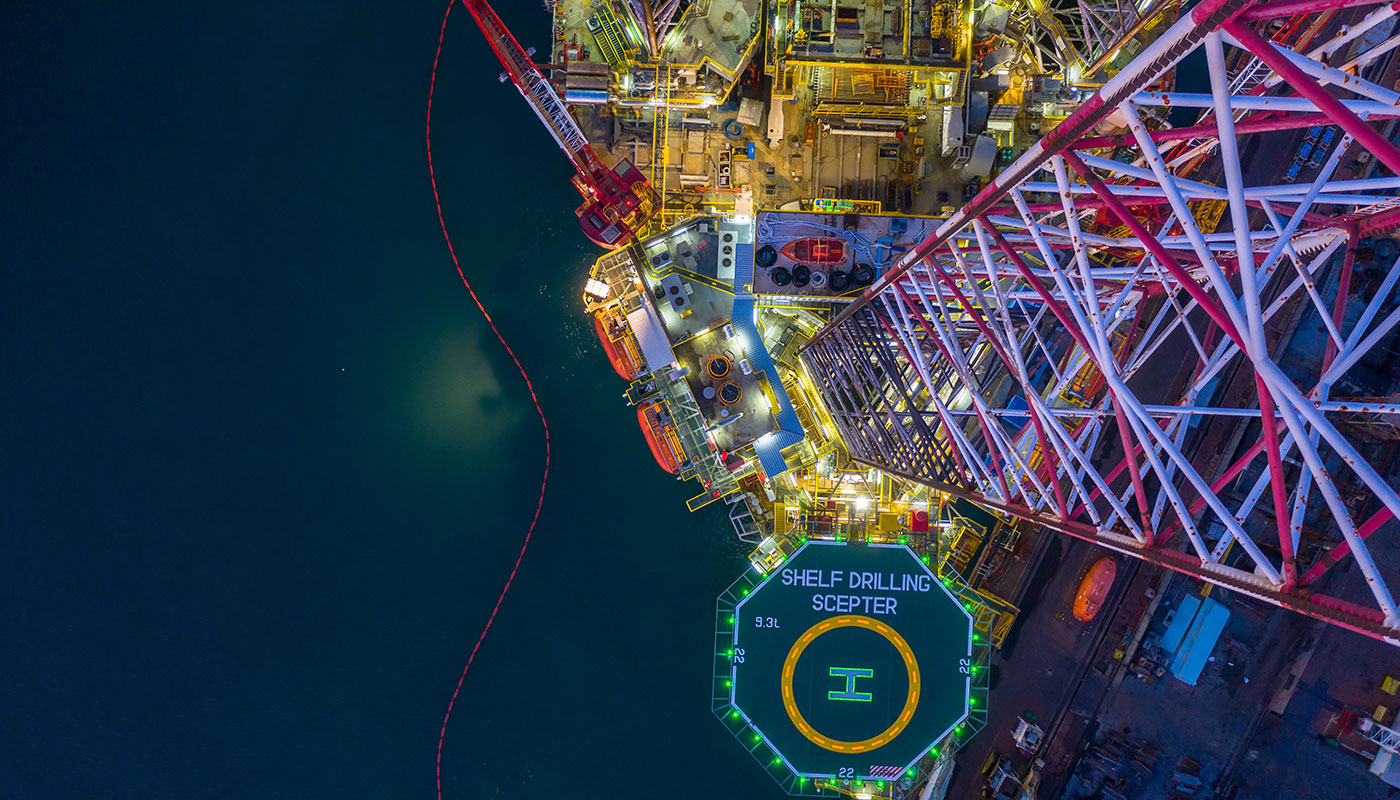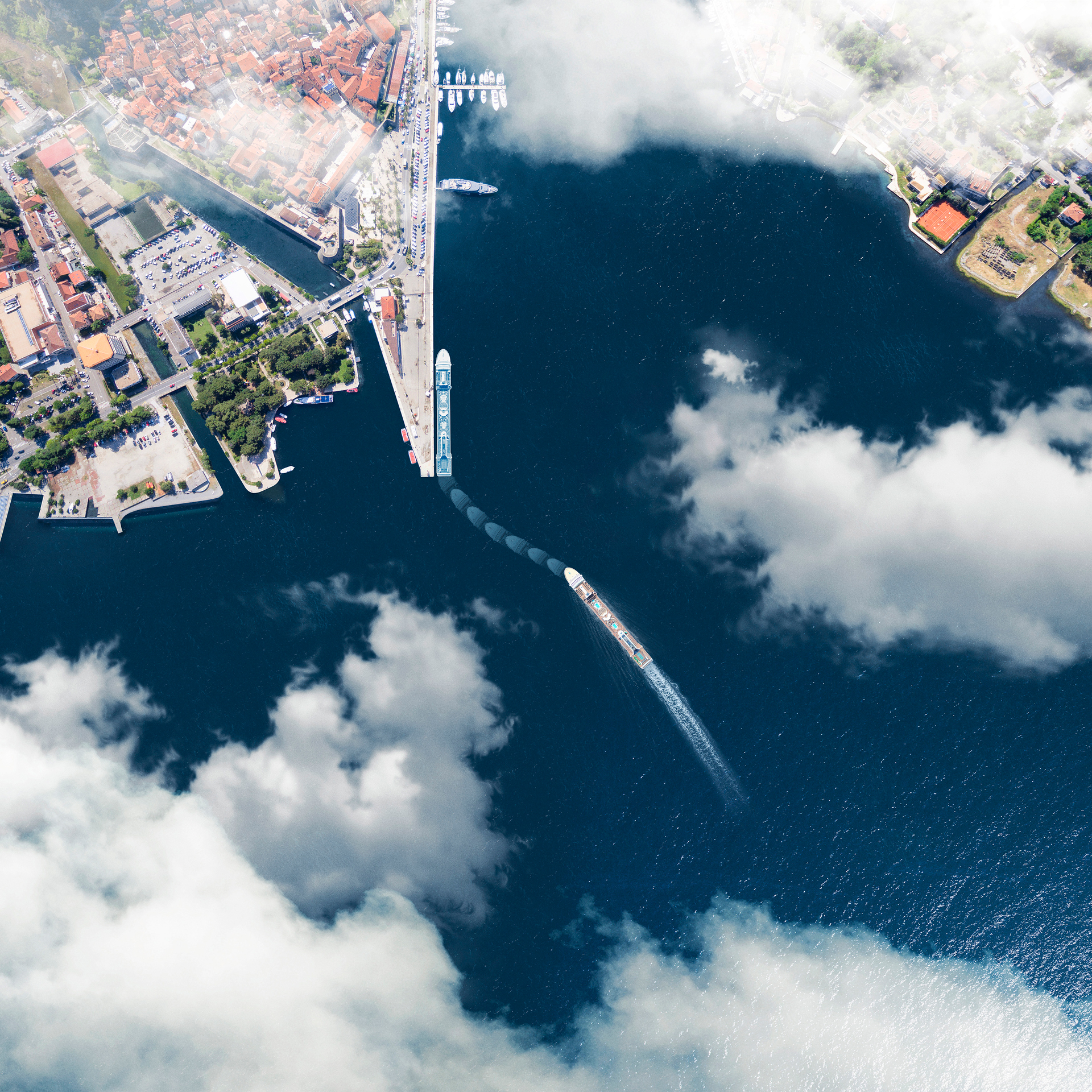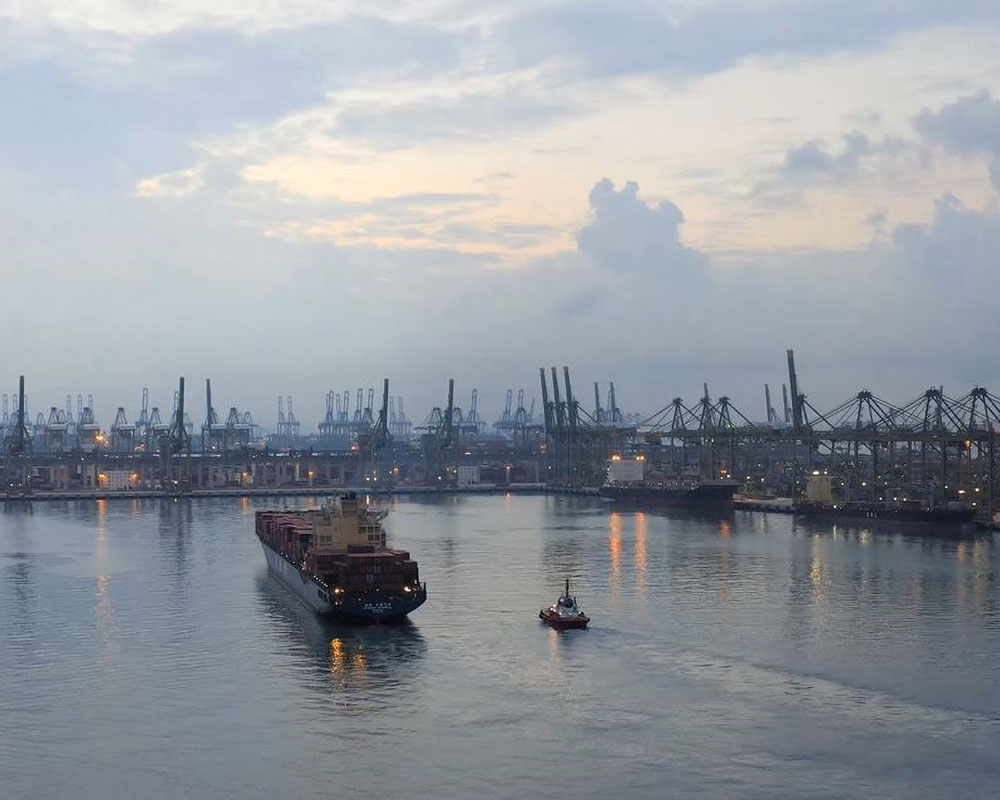How smart autonomy can help solve today’s shipping challenges
In this E-Book we refer to “smart autonomy,” which means moving towards autonomous operations in the future, by finding targeted autonomous solutions that solve specific problems today.
This approach allows for further evolution as needed and provides the ability to respond to changing regulatory environments related to emerging standards for autonomous operations. The end goal is not necessarily fully autonomous unmanned vessels. Instead, the goal is to harness existing—or co‑create—modular autonomous solutions that solve specific problems and make commercial sense today, while offering the extensibility to install additional solutions in the future, allowing our clients to tailor their own pathway to autonomy.
